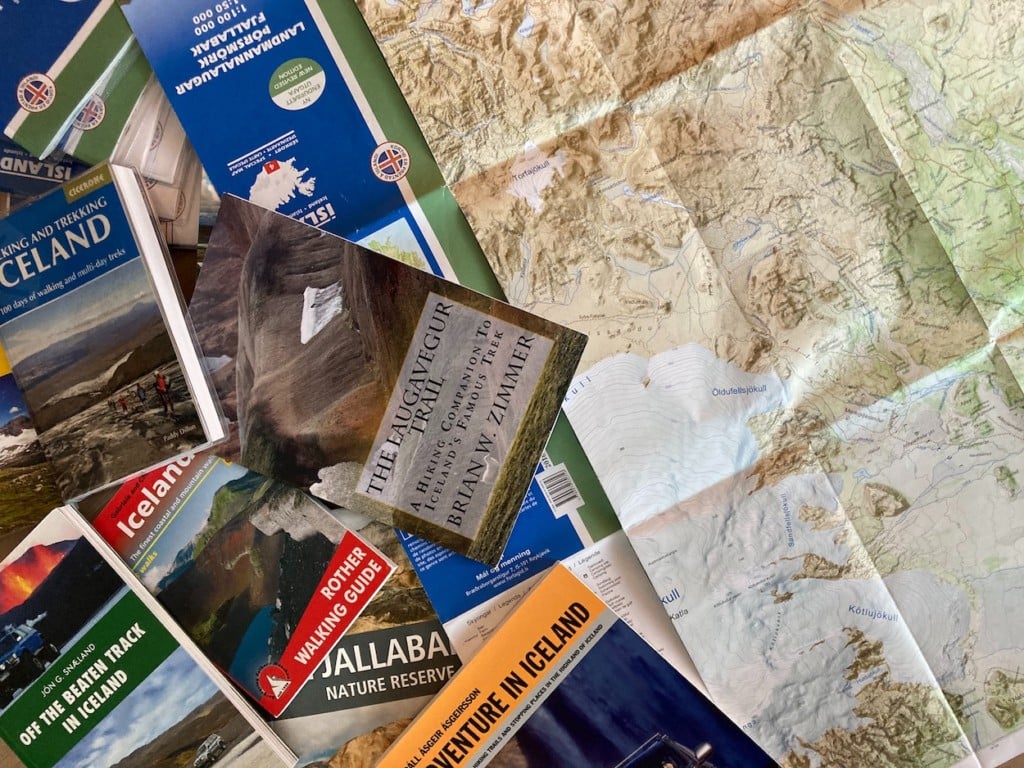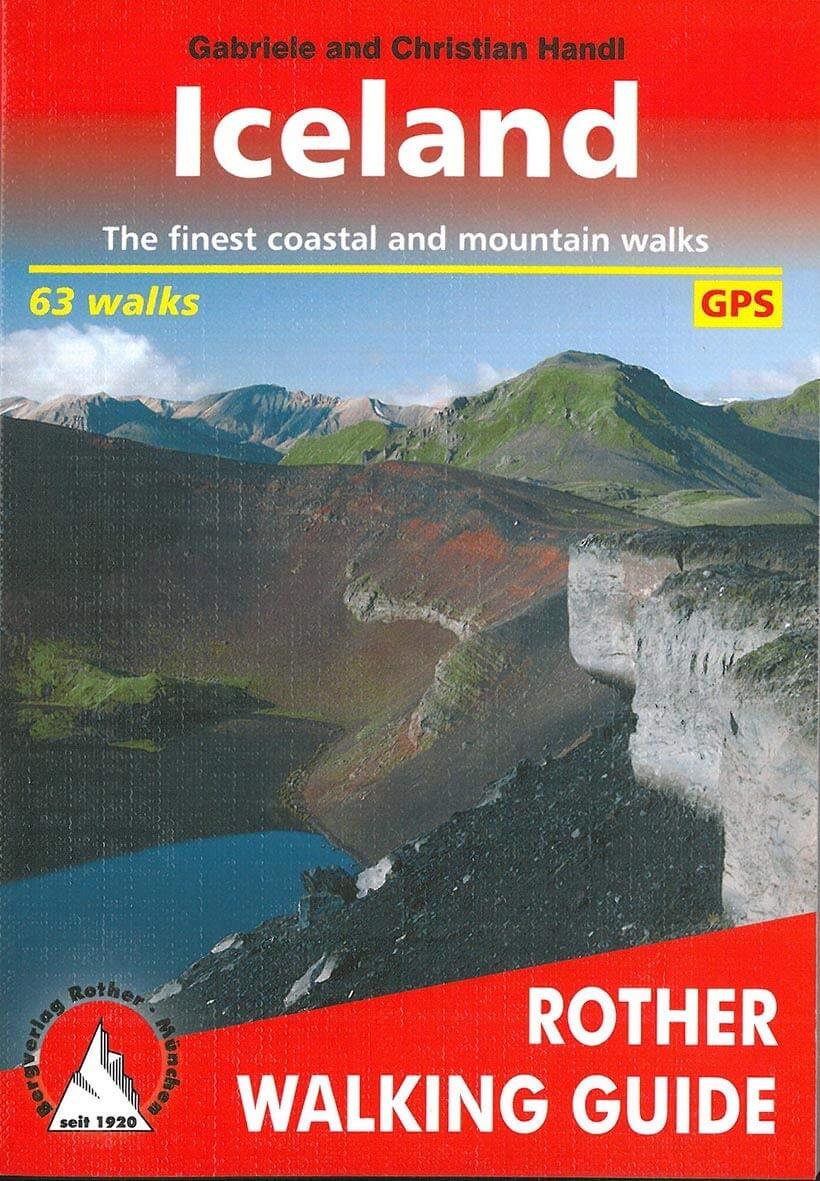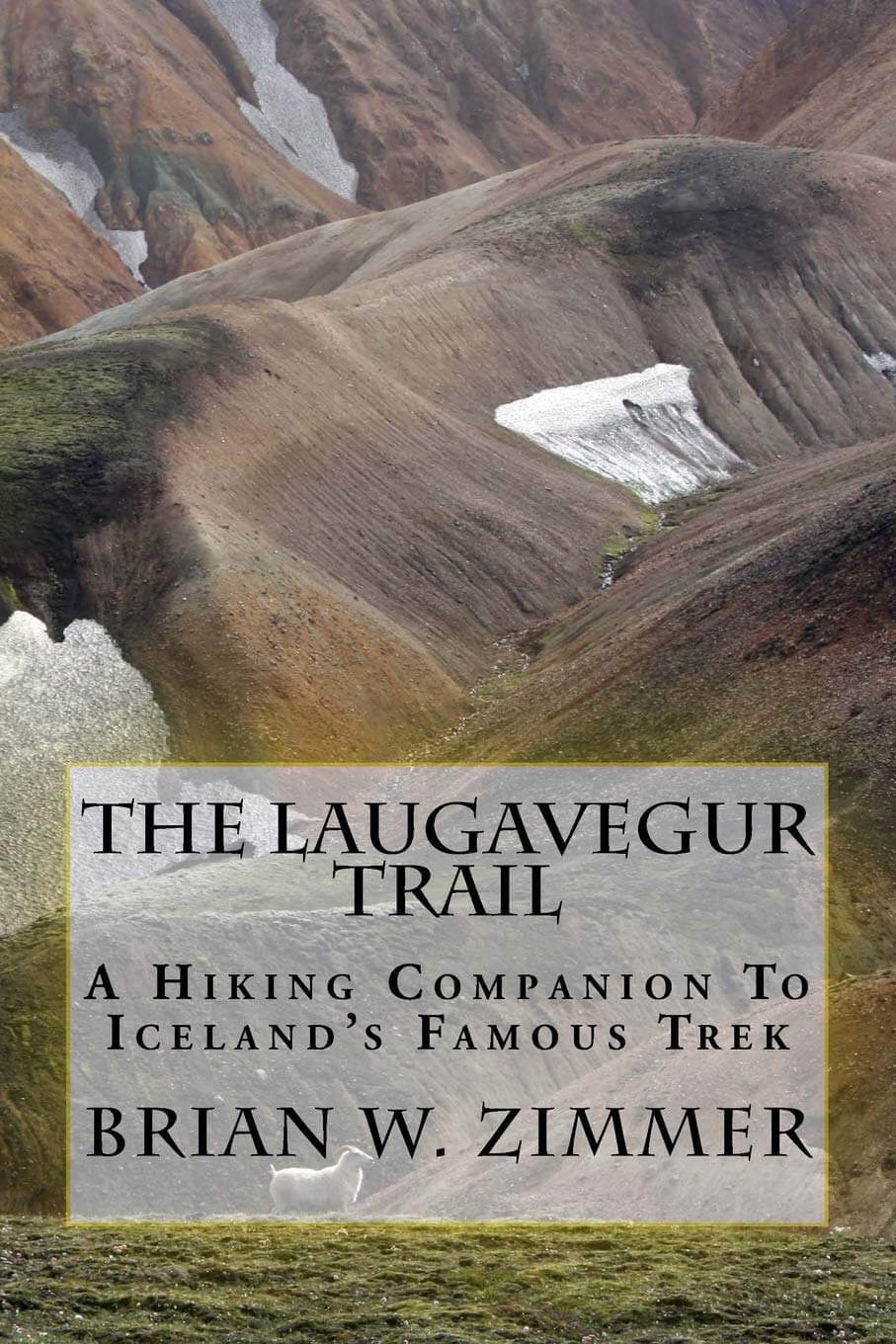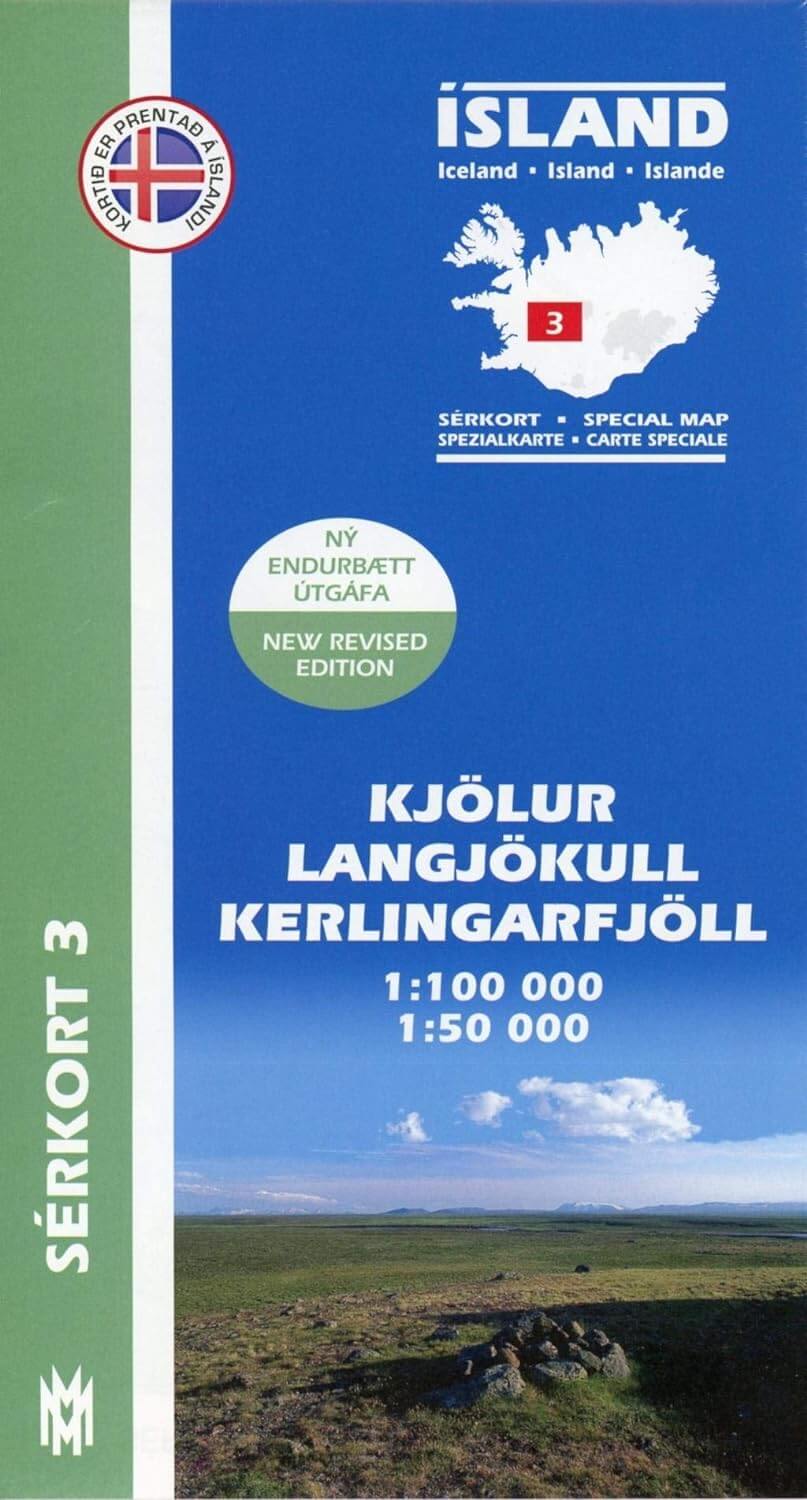The Best Hiking Books and Guides on Iceland
In this post, we will look at the Best Hiking Books and Guides about Iceland. As both an avid hiker and photographer, I have consumed a lot of guides, both in paper form and online. Here I will list the best guides I have found so far. If you are looking for additional resources, read on. I am sure you will find these guides and resources valuable too.
I will share my own opinion and impressions of each of these products since I have already purchased them myself. These guides contain valuable information that helped me plan my hiking trips. Furthermore, these guides often contain information that is hard to find on the internet, if it can be found at all.
At the bottom of the page, you can also find some links to the best Hiking Maps for Iceland.

Best Hiking Books and Guides on Iceland
Please note that as an Amazon Associate, I earn from qualifying purchases. If you find any of these recommendations helpful and decide to purchase a product I recommend, I will receive a small commission. This commission will help me keep the site running, and it will not cost you anything extra. This also means you will effectively support this site for free if you purchase one of these guides through my site.
So, what are the Best Hiking Books and Guides on Iceland?
Walking and Trekking Iceland – Cicerone Guide by Patty Dillon
This hiking and trekking guidebook offers “100 days of walking and multi-day treks”, which translates into forty-nine day hikes and ten multi-day treks. The hikes in this book cover twelve different areas of the country and all of the major hiking destinations in Iceland.
The guide starts with an introduction to the country, providing all the essential information someone visiting the country for the first time would need. Getting around, accommodations, camping, recommendations on what to take, emergency numbers and similar. This makes it a relatively complete and comprehensive guide that you could bring with you and consult on a hiking trip to Iceland.
It contains 350 pages, but the book comes in a small format and easily fits into a backpack. Each hike includes a graphic representation of the terrain and the trail, plus all the essential information such as Start and Finish points, Distance, Total Ascent/Descent, time, Terrain, recommended maps and related transportation.
As I also consider this guide – or any other – for its photographic value, I have to say the photos are sometimes a bit too small to get an idea of the landscape. Overall this guide is well worth it. This guide contains information about several popular hikes as well as lesser-known ones. In my experience, the descriptions are very accurate.
ICELAND: Nature Paradise at the Arctic Circle: The best hiking trails on the largest volcanic island on Earth by Use Grunewald
Similarly to the previous guide, this one also offers itineraries for both day hikes and multi-day treks. Both guides cover similar areas and all the major hiking destinations, although Dillon’s guide covers a few more (Reykjanes, Akureyri, the Wesfjords, Snaefellsnes and Snaefell).
This guide, however, has way better maps. While in the previous guide, the maps look like basic representations of the terrain, in this one you will find images of topographic maps with printed GPS waypoints.
The photos in this guide are also much better because this book is slightly bigger than the previous guide, so the images are also bigger. However, what I liked the most about this book is its geological theme. The author (PhD. in geology) also provides a geological description of each location, making the book a good read in itself.
Last but not least, the guide also explains how to get to each location by public transportation. This is a big plus if you are not renting a car while in Iceland. The author also updated the guide with paper notes about changes to public transportation schedules and itineraries, which is a nice touch.
Overall, you can feel the author’s passion in this guide – and it’s rather contagious.
Iceland a Rother Walking guide by Gabriele and Christian Hands
This is the most pocketable of the three guides reviewed so far. The guide describes 63 hikes covering all the major hiking destinations in Iceland.
Details to download the GPS tracks recorded by the authors are also provided. The photos are good despite the small size of the guide; the cartography is ok.
The guide is well written, and the difficulty level of each hike is marked in the table of content. This is a nice touch that allows you to plan using the difficulty levels of each hike.
In terms of the information that is in the guide, the descriptions are basic but clear.
Overall this is a nice complimentary guide to the previous two.
The Laugavegur Trail: A Hiking Companion to Iceland’s Famous Trek by Brian W. Zimmer
I have not done the Laugavegur trail myself yet, but I picked up this book in preparation for it. This book is an excellent start if you plan to trek the Laugavegur trail.
The trek is divided into five legs, from Landmannalaugar to Skogar. There is also a section dedicated to day hikes for each of the legs described.
So this guide delivers more than just information about the Laugavegur trek and can be used for planning individual hikes at each location along the trail.
The book is an engaging and fun read. Additionally, there is a lot of focus on the unique geological features you will encounter on this route, providing detailed information about the most interesting ones and their origins.
At only 75 pages, it’s easy to bring this guide with you on the trail to read about each formation. I’ll definitely do that when the time comes for me to do this trek.
Huts and Lodges in Iceland by Jon G Snaeland
This excellent book will introduce you to 140 huts and lodges all over Iceland. The huts are grouped in four different geographical areas: northwest, northeast, southeast and shout west. There is also a section dedicated to “old huts”, which only has historical values.
How to reach the hut, its GPs coordinates, what type of vehicle you would need to reach it, what to expect from it, what is available and photos of each location. Contact details are also provided, but as this book was first released in 2010, I would recommend trying to double-check that information on the internet.
This book’s value is in how much information is packed in it. For a tourist or a foreigner in general, it’s hard to find a more comprehensive overview of all the huts and lodges in Iceland.
If you are planning to travel off the grid and through remote areas, this comprehensive overview of huts and lodges in Iceland is an unavailable resource.
Off the Beaten Track in Iceland by Jon G Snaeland
From the same author of the previous book “Huts and Lodges in Iceland”, this one also packs invaluable information about remote tracks and f-roads all over Iceland.
There are a total of 40 different routes. The description of each route includes practical information such as length, travelling times, suitable vehicles and possible difficulties you may come across on the road.
Major points of interest along the road are also included in the description, and photographs accompany each one. This guide will be handy for anyone planning to travel into the Icelandic highlands.
Thermal Pools in Iceland by
There is hardly anything better than a dip in a thermal pool after a long day hiking or travelling through the Highlands.
That’s what this book is about—more than 100 thermal pools all over Iceland, from natural ones to artificial ones.
The pools are grouped by regions: highlands, west, western fjords, north, south and Reykjanes.
This book is an excellent resource if you like dipping in warm thermal waters. While it does not include the recently constructed and more tourist-friendly ones, you are sure to find the most remote and hidden thermal pools most tourists will never know about.
Best Iceland Hiking Maps
Last but not least, a bonus section. The best hiking maps for Iceland. These maps show all the f-roads and tracks in the most popular natural regions.
In the digital age where trails are increasingly available online, one may wonder why do you even need paper maps?
Simple, these maps contain information on roads, tracks and trails that hard to find anywhere else online.
They are best planning tools for hiking, especially in the Highlands. Check them out here:
Additional Resources
- A small gift for you: as a partner of Blue Car Rental, I am happy to offer all my readers a 5% car rental discount on all bookings with Blue Car Rental through my website. The discount will be applied automatically when booking through any of the links to Blue Car Rental on The Photo Hikes.
- Check out my Photo Hikes in Iceland here.
- Planning your next trip and currently Longing for Iceland? Check these recommendations.
- If you are planning some hikes in Iceland, you may want to check out my tips on what to pack for a hiking holiday in Iceland.














Leave A Comment